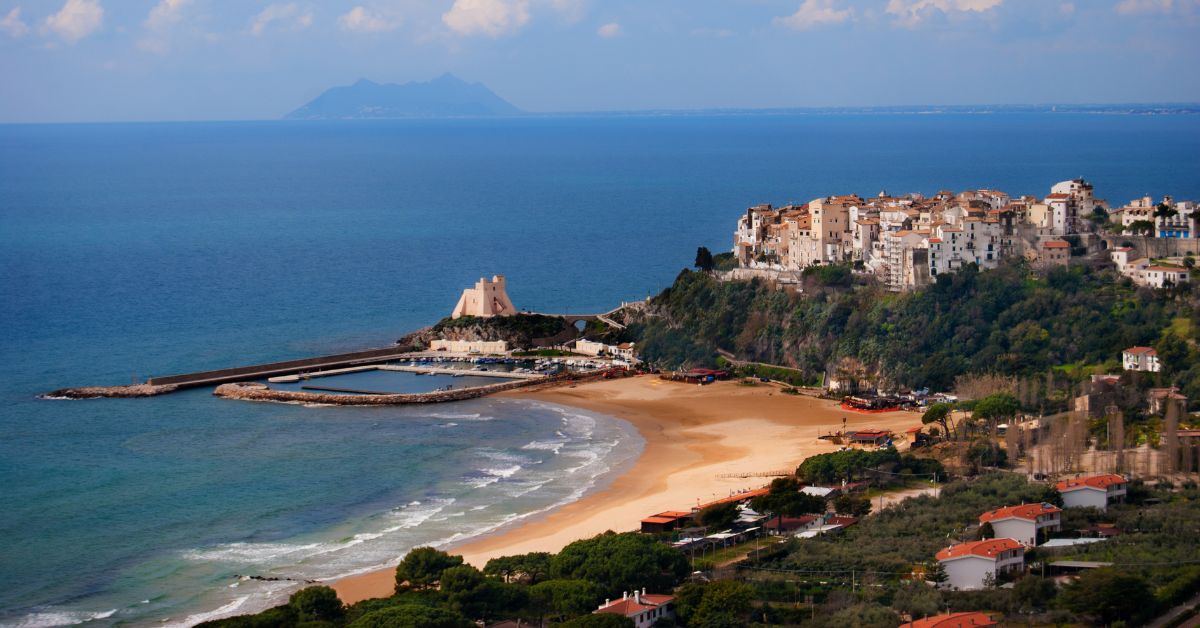There is a delicate line between discovery and destruction. In the age of social media, that line is often crossed with the swipe of a thumb or the tap of a screen. Italy, a country steeped in ancient beauty and quiet charm, has become particularly vulnerable to the digital wanderlust of the modern traveler.
While its iconic landmarks groan under the weight of global attention, many of its most beautiful and intimate places are being revealed not by guidebooks but by algorithms. And locals are beginning to push back. Not because they don’t want visitors, but because they want to preserve the essence of the places they love.
1. Sperlonga (Lazio)
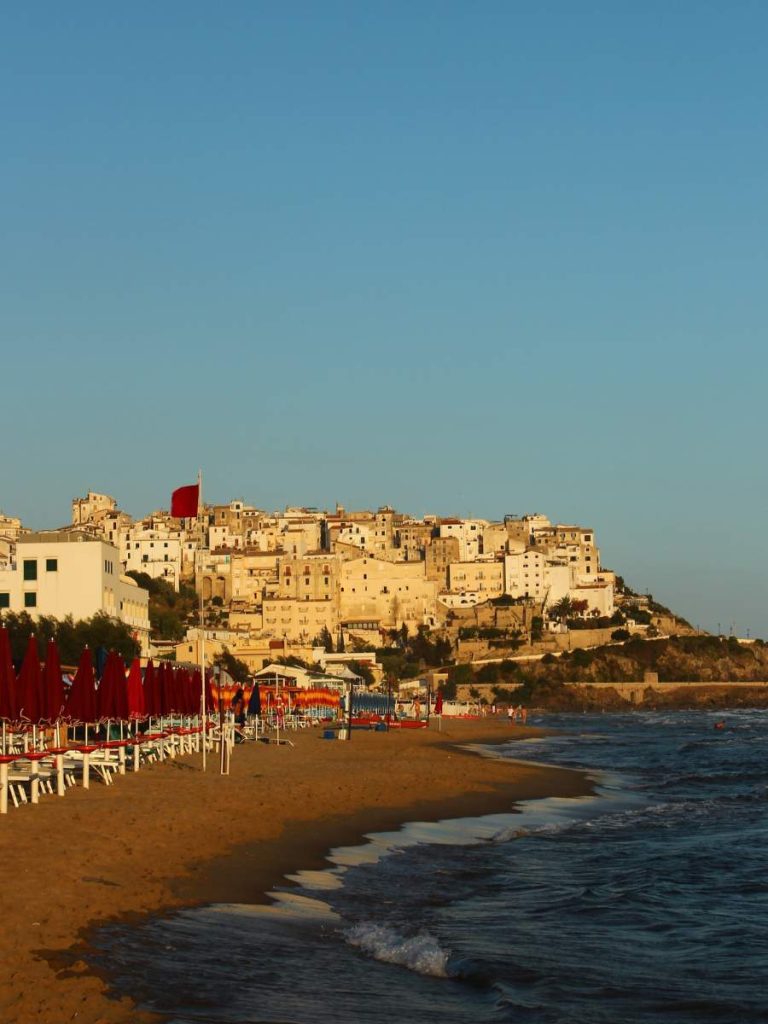
Nestled halfway between Rome and Naples, Sperlonga is a vision of whitewashed houses cascading down a hill toward a sapphire-blue sea. Unlike its flashier coastal cousins, Sperlonga has remained blissfully under the radar for years, its beaches frequented mainly by Romans in the know. The village has a rich ancient history, home to the ruins of Emperor Tiberius’ villa and its remarkable grotto, where marble sculptures once depicted the trials of Odysseus. But it’s not just the antiquity that captures hearts; it’s the quiet rhythm of life, the modest family-run trattorias, and the children playing in alleyways unchanged for generations.
But word is getting out. A growing number of Instagram influencers have descended on Sperlonga in recent summers, geotagging its photogenic staircases and secluded beaches. With them have come crowds, drone cameras, and the subtle tension of a place being watched rather than experienced. Locals, many of whom have lived here for decades or generations, are beginning to express unease. Parking has become tighter. The bakery runs out of bread before noon. And the once-empty beaches now hum with the chatter of day-trippers hoping to catch that same viral shot.
Sperlonga’s charm lies in its unassuming beauty. It isn’t built to withstand a crush of attention, nor does it want to. The people here aren’t trying to gatekeep paradise. They’re simply asking that the next time you stumble upon this hidden gem, you let it remain hidden. Savor it quietly. Leave your phone in your pocket. And let the memory belong only to you.
2. Baunei and Cala Goloritzé (Sardinia)
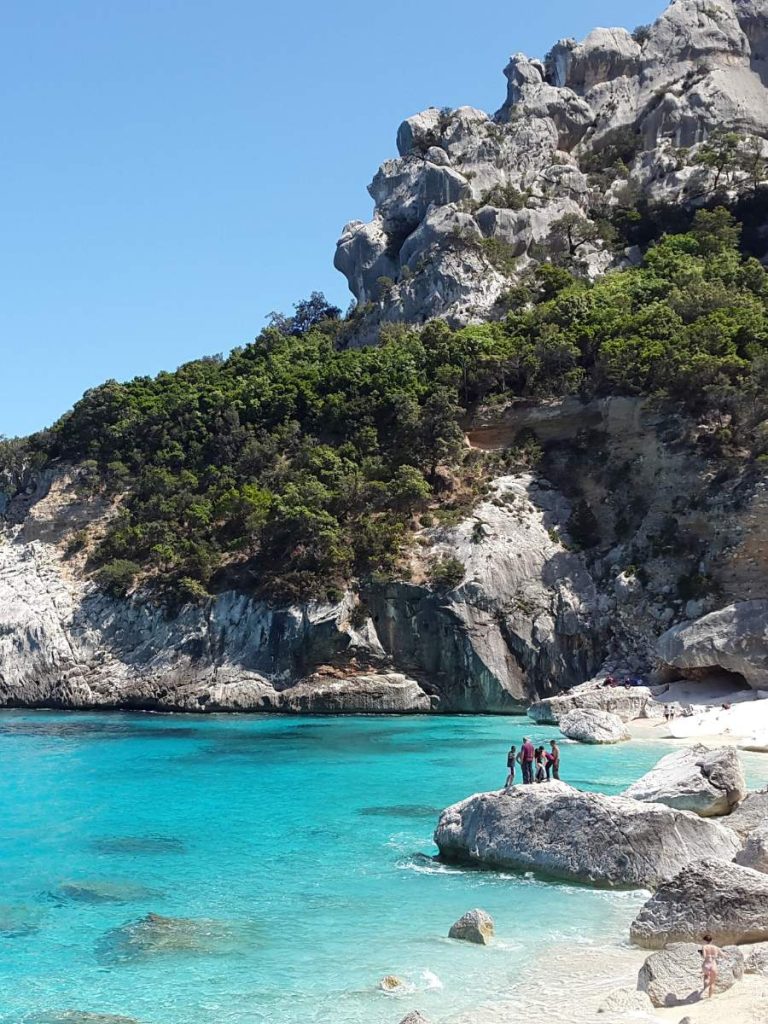
Sardinia is often treated as an afterthought to Italy’s more famous mainland destinations, which is precisely what has allowed parts of it to remain untouched. Baunei, a small village perched on a cliff above the Gulf of Orosei, is one such place. It serves as the gateway to Cala Goloritzé, a remote cove of turquoise water guarded by limestone cliffs and reachable only by boat or a steep hike. For years, this corner of Sardinia was sacred to Sardinians themselves—a retreat for those seeking silence, sea, and a connection to the land.
But over the last decade, Cala Goloritzé has become a victim of its own perfection. Images of its sky-blue waters and dramatic spire have spread across social media, drawing travelers with little understanding of the area’s fragility. Though the local authorities now limit the number of visitors per day and prohibit private motorboats, the pressure persists. Footpaths are eroding. Littering, once unheard of, has started to appear. And Baunei residents have started putting up signs asking visitors not to tag the location online.
There’s a sense among the locals that something precious is slipping away. Baunei and its coastline were never intended to be a backdrop for mass tourism. These are places where shepherds still move their flocks and fishermen still know the sea by heart. Respecting that means more than walking gently—it means knowing when not to share.
3. Scanno (Abruzzo)
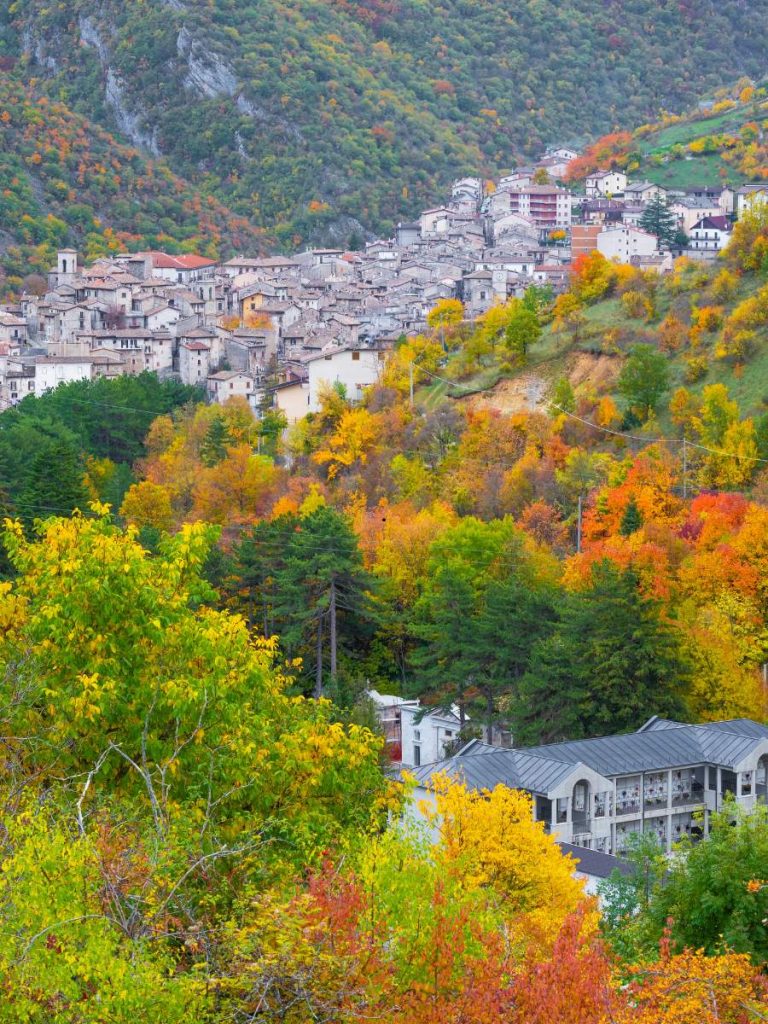
In the mountainous heart of Abruzzo, Scanno sits like a forgotten painting come to life. It’s a village of wooden balconies, ornate wrought iron, and winding lanes where the traditions of shepherding and lace-making still thrive. At its feet lies Lago di Scanno, whose heart-shaped form has become a favorite for drone photography and romantic getaways. But what once drew only the occasional hiker or honeymooning Italian couple is now being overwhelmed by a different type of attention.
As Scanno’s profile has risen online, so has the volume of visitors looking to snap the iconic aerial view. The path to the overlook, once trodden by a few nature lovers, now sees long lines of tourists—many of whom come solely for the photograph. Locals have noticed changes not just in numbers, but in attitude. There’s less engagement with the town’s culture and more with its aesthetics. Cafés are asked for Wi-Fi codes more than for recommendations. Artisans are bypassed in favor of fast souvenirs.
Scanno has long endured the challenges of isolation, harsh winters, and economic hardship. Tourism offers hope, but also risk. The villagers are proud of their home’s beauty but worry that the story of Scanno is being reduced to a single viral image. Their wish? That visitors come to learn, not just to look.
4. Furore Fiordo (Amalfi Coast)
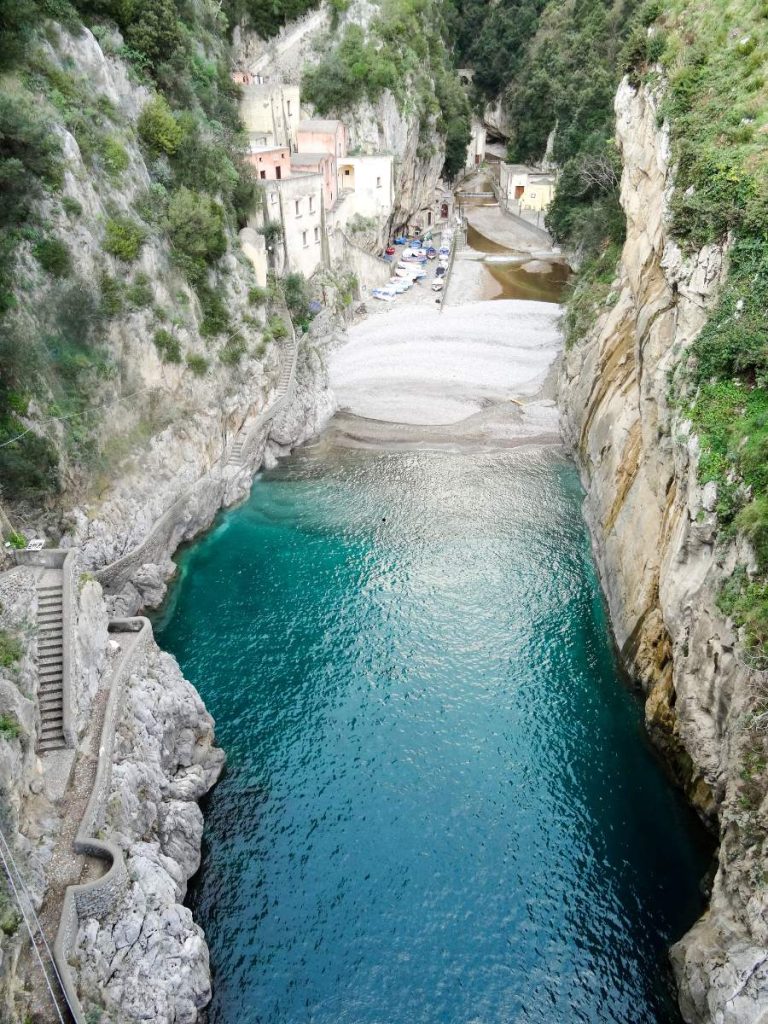
Along the famously dramatic Amalfi Coast lies a place that once felt like a secret even among locals. The Fiordo di Furore is a tiny fjord-like inlet hidden beneath a stone bridge, where fishermen’s houses cling to the cliffs and sea foam rolls into a narrow beach. For decades, Furore was known only to the few who lived there and those adventurous enough to climb down its steep steps.
But the bridge—once just a crossing point—has become a launchpad for cliff divers and photographers. Word spread quickly, and now the fiordo, once a quiet retreat, is inundated during summer with influencers performing acrobatics, visitors crowding the narrow paths, and beachgoers squeezing onto the limited shore. The village of Furore, which doesn’t have the resources of Positano or Amalfi, struggles with traffic, trash, and noise.
Locals mourn the change not because they dislike visitors, but because the cove was one of the last places where life on the Amalfi Coast moved slowly and without spectacle. Their plea is simple: enjoy the view, respect the silence, and maybe, just maybe, keep this place off your feed.
5. Tellaro (Liguria)
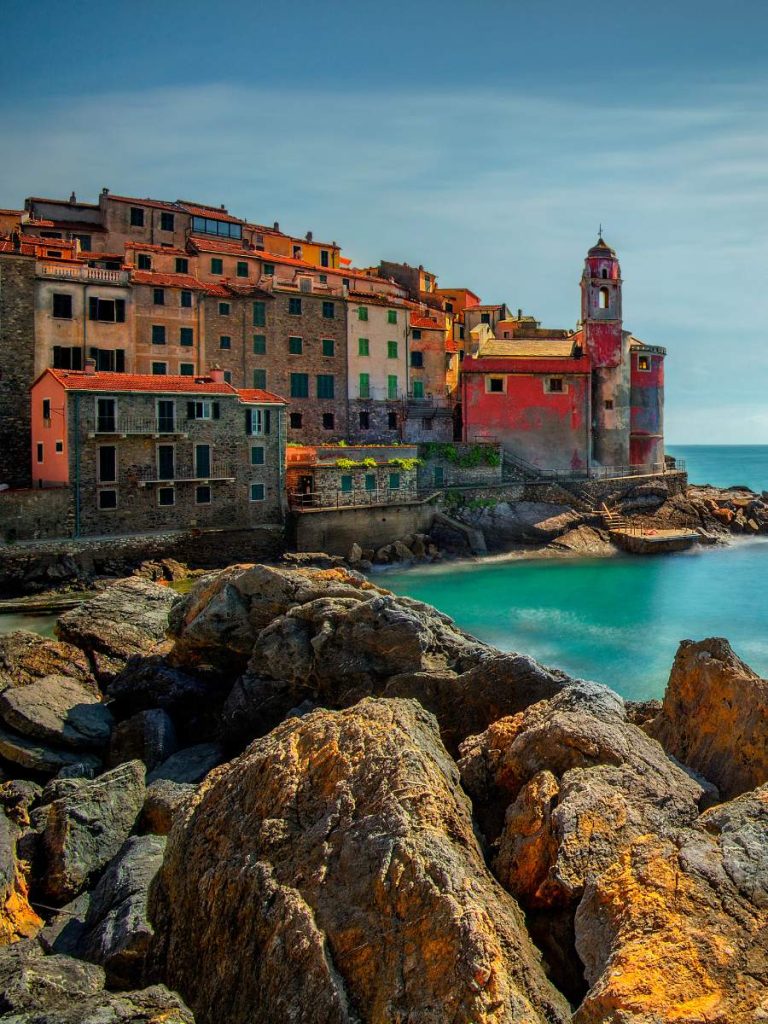
Just beyond the bustling crowds of the Cinque Terre, perched on the Ligurian coast like a forgotten jewel, lies Tellaro. This sleepy village of faded pink buildings and tangled alleyways has all the charm of its more famous neighbors, but none of the chaos. For years, it offered an escape not just to travelers, but to locals from La Spezia and beyond, who came here to write, fish, or simply watch the sun melt into the sea.
In recent years, however, Tellaro has been described in travel blogs and YouTube videos as “the next Cinque Terre.” That designation, meant to entice, has been met with dread by residents. Already, parking is harder to find, and the once-quiet port now buzzes with selfie sticks and Bluetooth speakers. The town’s infrastructure, designed for a few hundred residents and weekend visitors, is ill-equipped for this attention.
Tellaro’s appeal lies in its timelessness. It is a place where fishermen still mend nets by hand and where silence is considered a virtue. Locals don’t want to wall off their town; they just want to preserve the feeling of discovery for those willing to find it quietly.
6. Sant’Agata de’ Goti (Campania)
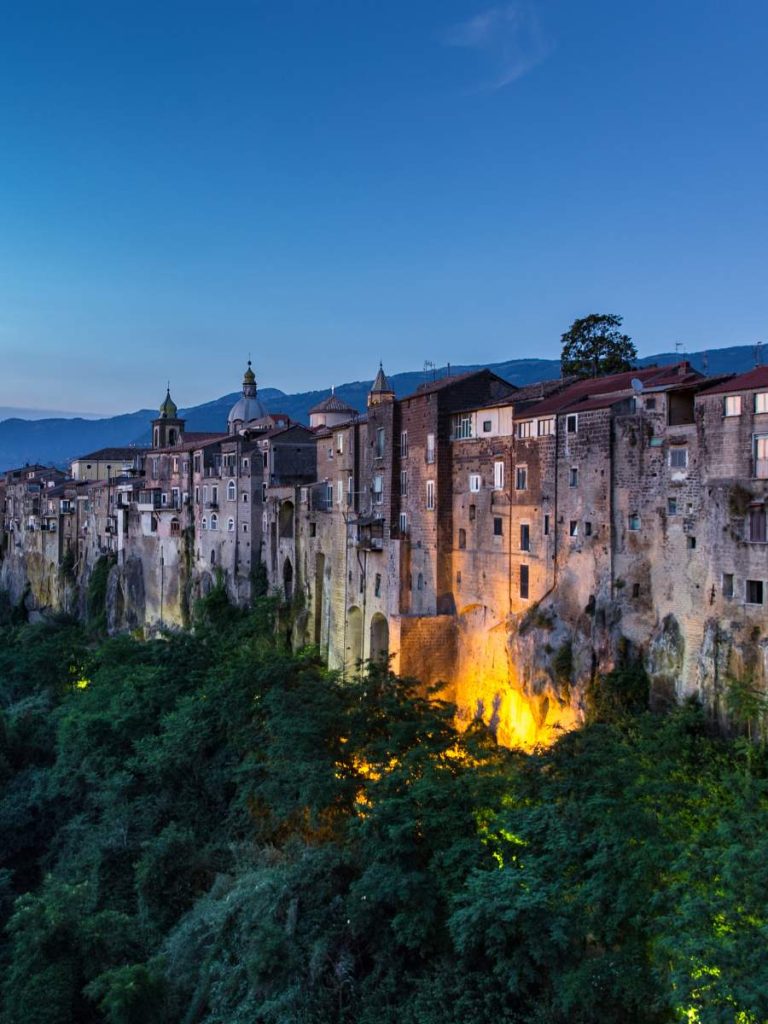
Inland from Naples and set above a gorge, Sant’Agata de’ Goti appears like something from a fantasy novel—a line of stone buildings perched on the edge of a cliff, suspended between heaven and earth. Its medieval streets are alive with real Italian life: elderly couples chatting from balconies, children playing soccer in courtyards, and shopkeepers who know every name.
This is a town that has largely escaped the reach of international tourism, but Italian travelers have long considered it a gem. Its increasing visibility on travel blogs and Instagram is beginning to shift that. The fear among locals isn’t necessarily crowds—yet—but change. Commercial chains eyeing the main piazza. Tour buses arriving with rigid itineraries. And worst of all, the erosion of the very intimacy that makes the town special.
Sant’Agata de’ Goti doesn’t offer a curated experience. It offers life, lived fully and quietly. To preserve that, its residents hope visitors will come not for the photo, but for the people.
7. Campo Imperatore (Abruzzo)
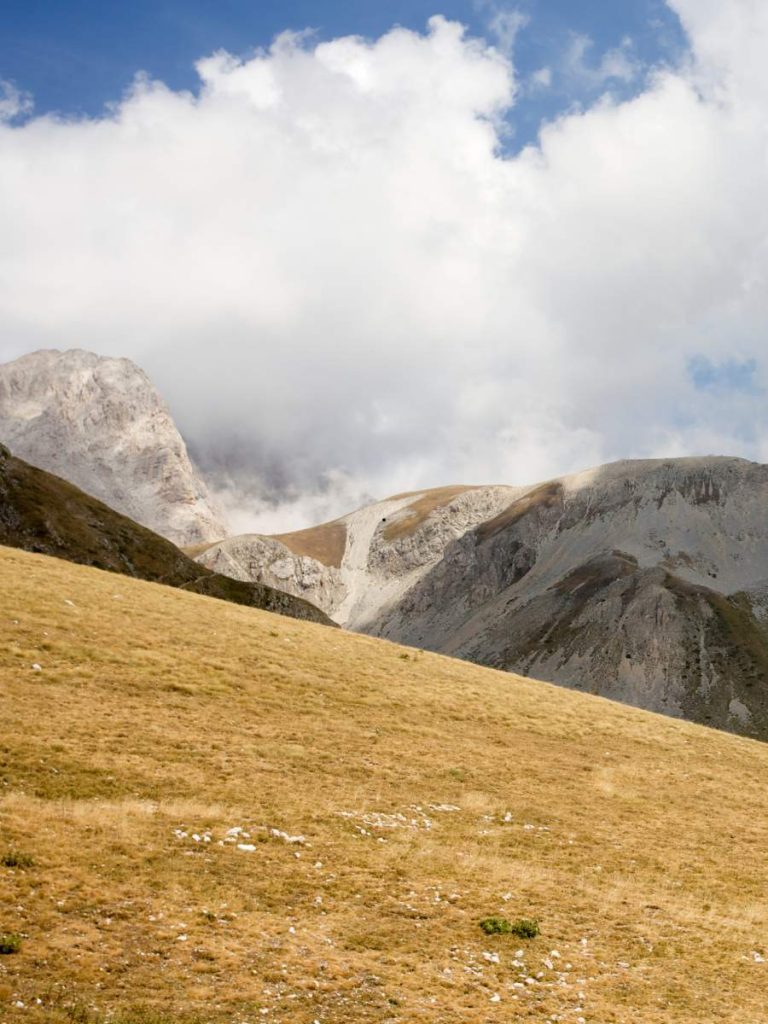
High on the Gran Sasso massif lies Campo Imperatore, a vast alpine plateau often called “Little Tibet” by those who know it. This surreal landscape of windswept grasslands, herds of wild horses, and solitary shepherd huts is like nothing else in Italy. For centuries, it was a place of transhumance and solitude, known only to pastoralists and hardy hikers.
Now, it’s become an unexpected magnet for vanlifers, content creators, and adventure-seekers. While tourism has brought some attention to the area’s beauty, it’s also brought irresponsible camping, off-road damage, and increasing trash. The environment, delicate and slow to recover, is already showing signs of stress.
Abruzzese locals and environmental groups have begun speaking out, urging visitors to respect the terrain and resist the urge to broadcast their every move. The plateau doesn’t need to be the next Dolomites. It needs to be left alone.
8. Pentedattilo (Calabria)
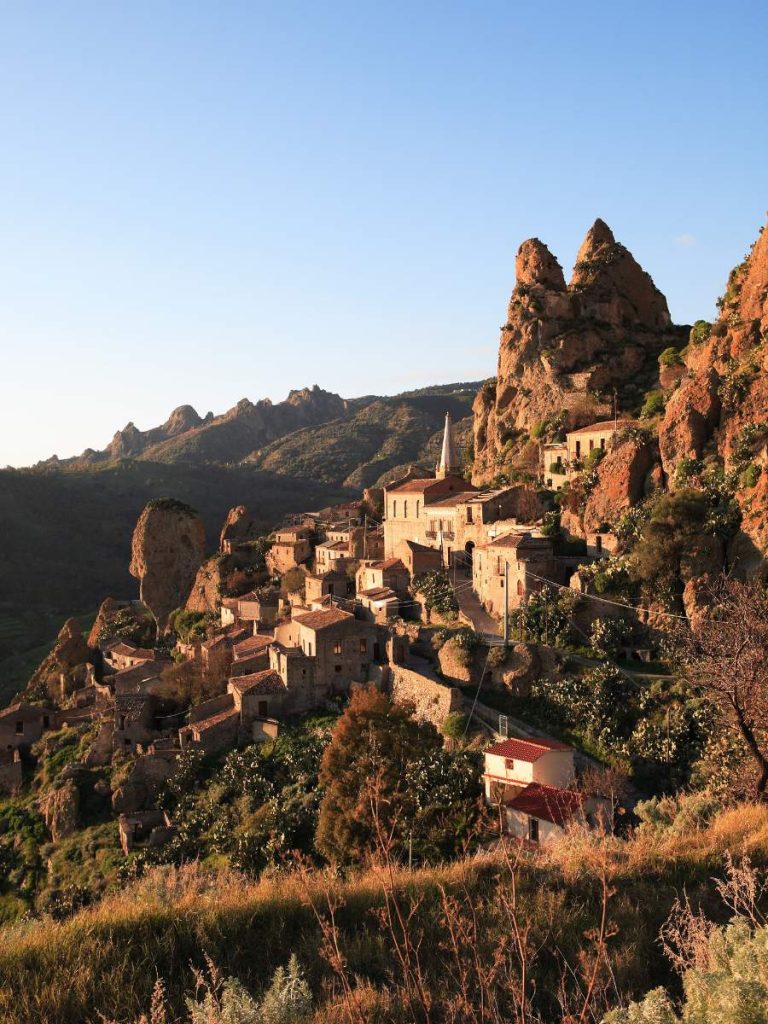
Cradled by the strange stone hand of Monte Calvario, the abandoned village of Pentedattilo looks like a scene from mythology. Once thriving, it was largely abandoned after a devastating earthquake, and its silence became its soul. In recent years, a few artists and cultural groups have returned, hoping to preserve its memory without reviving its popularity.
But the haunting beauty of Pentedattilo, combined with drone footage and moody reels, has made it an Instagram favorite. The influx of photographers and curious travelers threatens the fragile ruins, some of which are unsafe. Moreover, there’s a discomfort among Calabrians who feel the town’s tragic history is being aestheticized for likes.
To wander Pentedattilo is to walk through a memory. And memories are fragile things. They deserve reverence, not a trending hashtag.
9. Monte Isola (Lombardy)
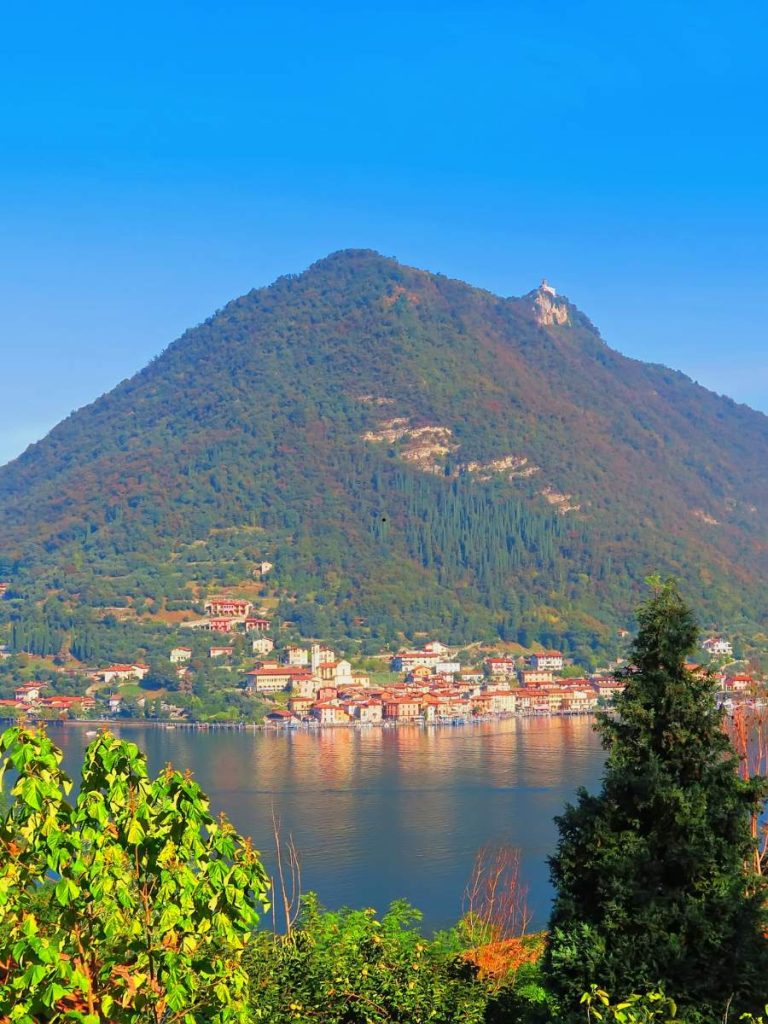
Floating serenely in the middle of Lake Iseo, Monte Isola is the largest lake island in Italy. It’s a place without cars, where bicycles and old vespas rule the road, and fishermen still craft nets by hand. For years, Monte Isola was the kind of place you stumbled upon by accident—a detour on the way to somewhere more famous.
That changed in 2016, when artist Christo installed “The Floating Piers,” drawing thousands. The installation is gone, but the exposure remains. Since then, the island has seen a rise in tourist traffic, much of it unprepared for the rhythms of island life. Locals have grown wary of the crowds and the subtle pressure to turn their village into a resort.
Monte Isola is a place built on restraint. The people here know how to slow down, and they invite you to do the same. But they ask, kindly, that you don’t rush to share it with the world.
10. Rimini (Emilia-Romagna)
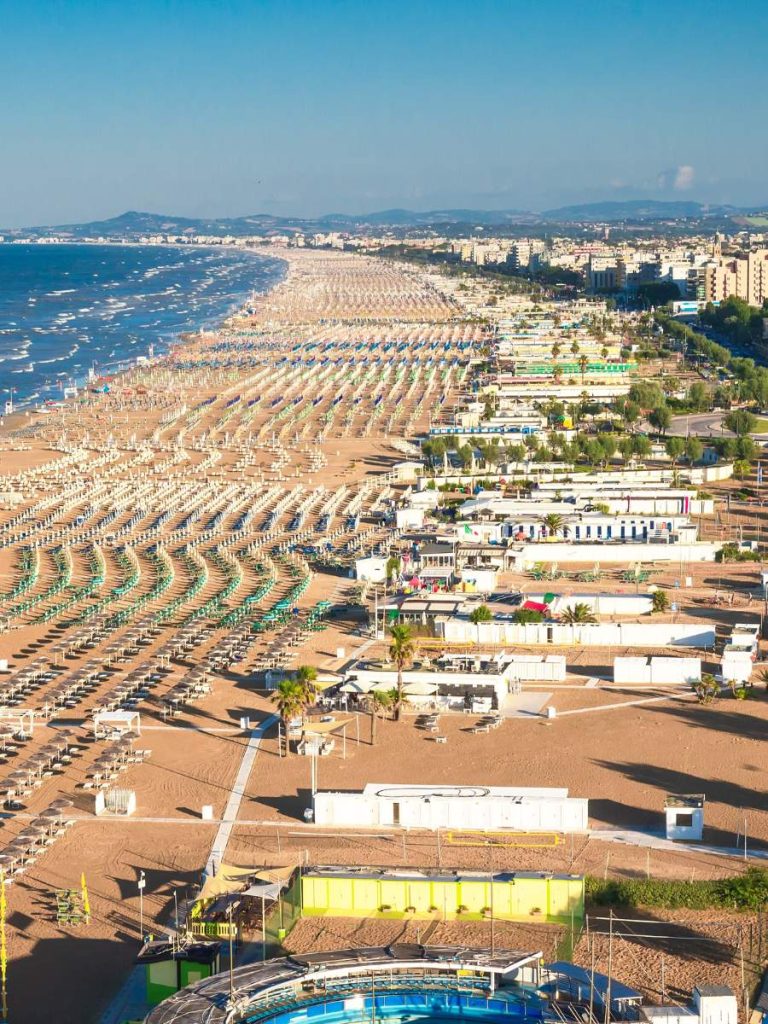
Rimini has long been associated with mass beach tourism—rows of umbrellas, crowded promenades, and summer parties. But behind the sunbeds lies a city with ancient Roman roots, Renaissance architecture, and a rich local culture that many visitors never see. The historic center, full of art, markets, and quiet streets, is often skipped in favor of the coastline.
Recently, a growing number of travelers have begun discovering the “other” Rimini, and while that’s a good thing, locals are wary of what comes next. They fear that as the spotlight shifts from the party beaches to the old town, commercialization and cheap content creation will follow. The city doesn’t want to be rebranded. It wants to be understood.
Rimini’s soul lies not in its image but in its contrasts—between Roman and modern, seaside and hillside, festive and sacred. Locals hope that those who venture past the beach do so with curiosity, not just a camera.
The Ethical Question: Should You Share What Locals Want Hidden?
Italy’s lesser-known places aren’t just destinations—they’re homes, communities, and ecosystems. When locals ask visitors not to post about their town, it’s not about exclusion. It’s about protection. And in an age when visibility can bring both prosperity and peril, discretion is a form of respect.
Travelers today wield more influence than ever before. One post can transform a place. And with that power comes a responsibility not to broadcast every secret. Some places need time to breathe. Some moments should remain between you and the place.
Perhaps the most meaningful souvenir you can take from your trip is a memory you don’t share—one that lives only in your heart, untouched by hashtags and filters. Because sometimes, the best way to love a place is to keep it to yourself.

